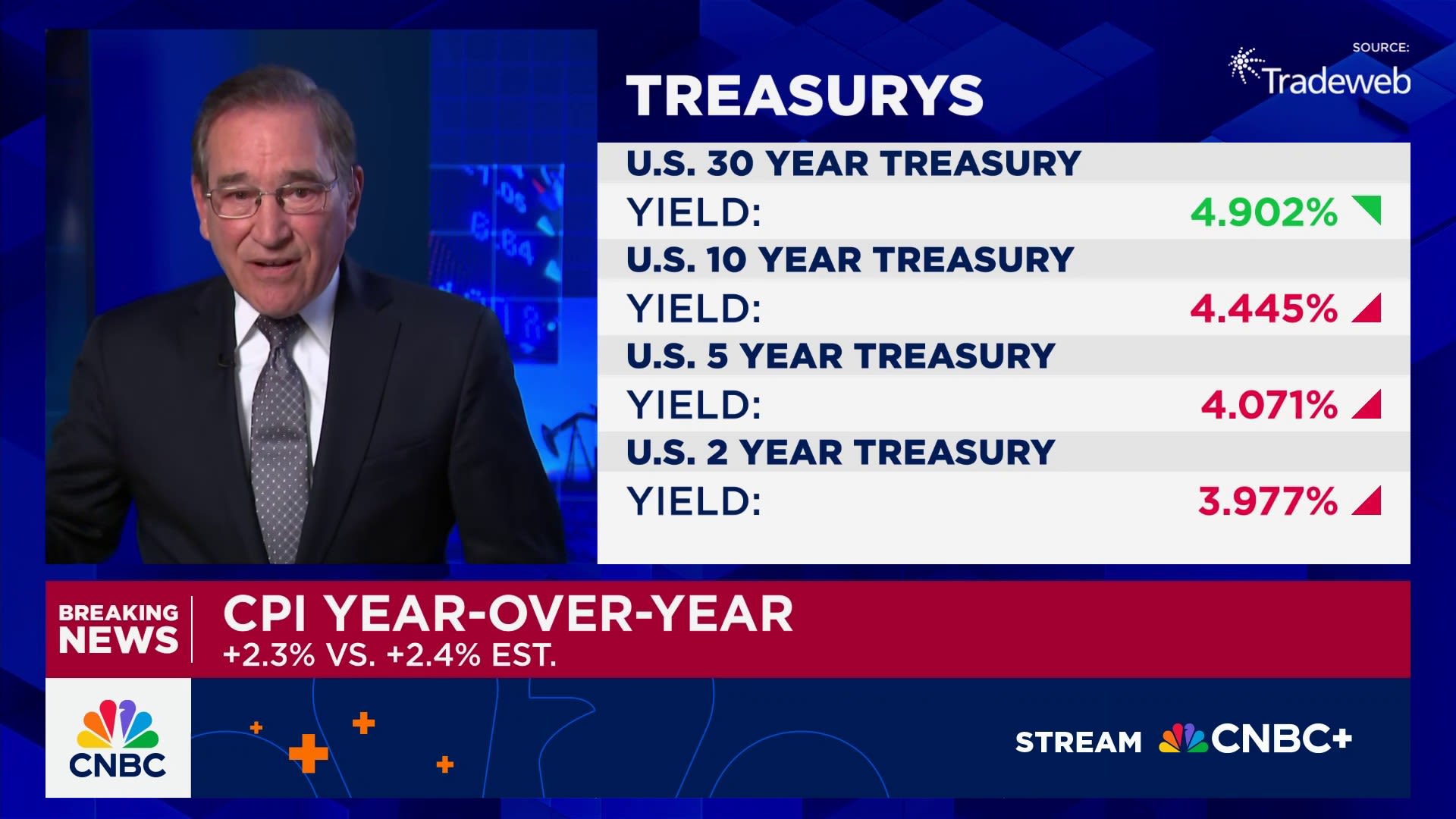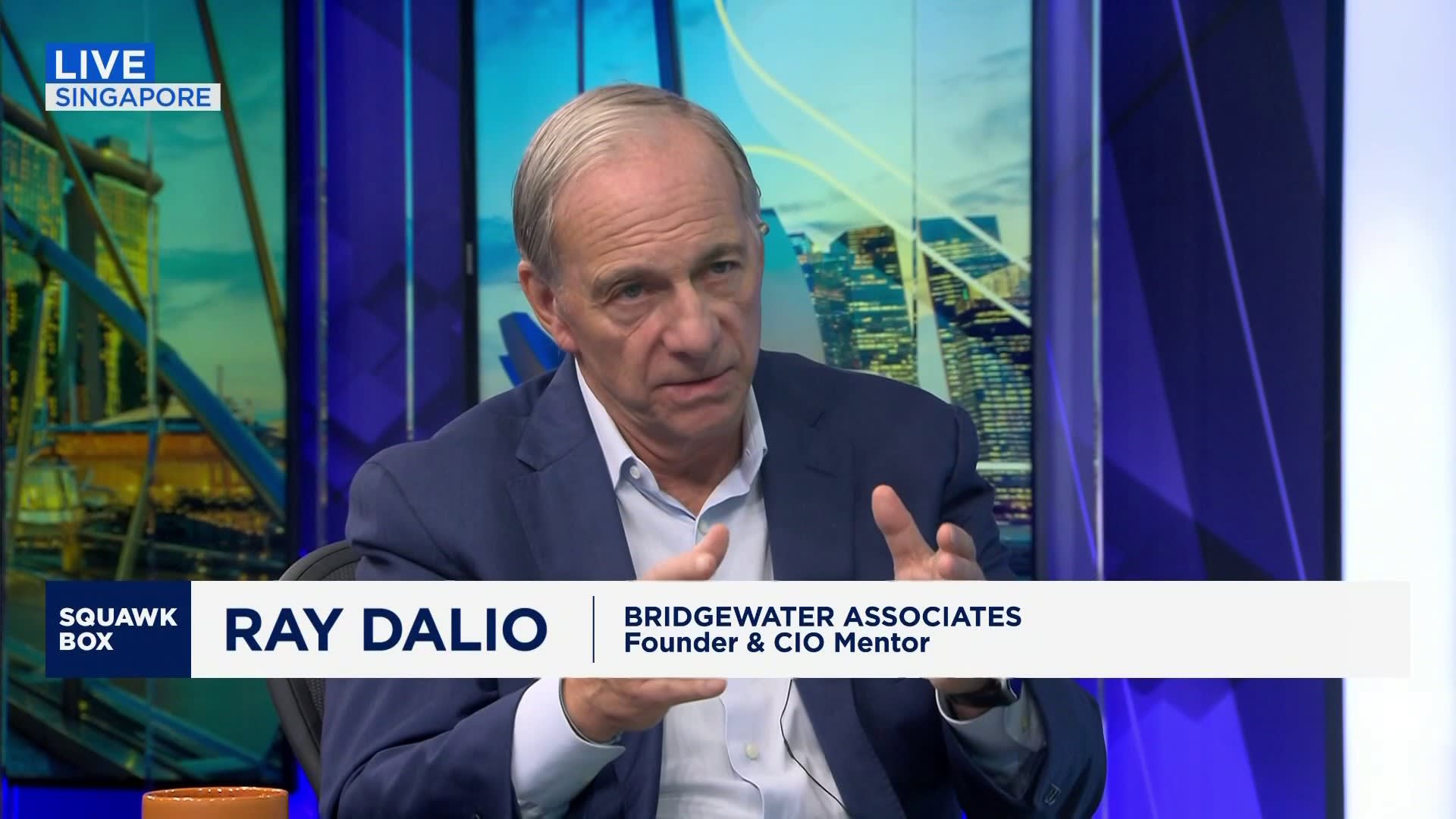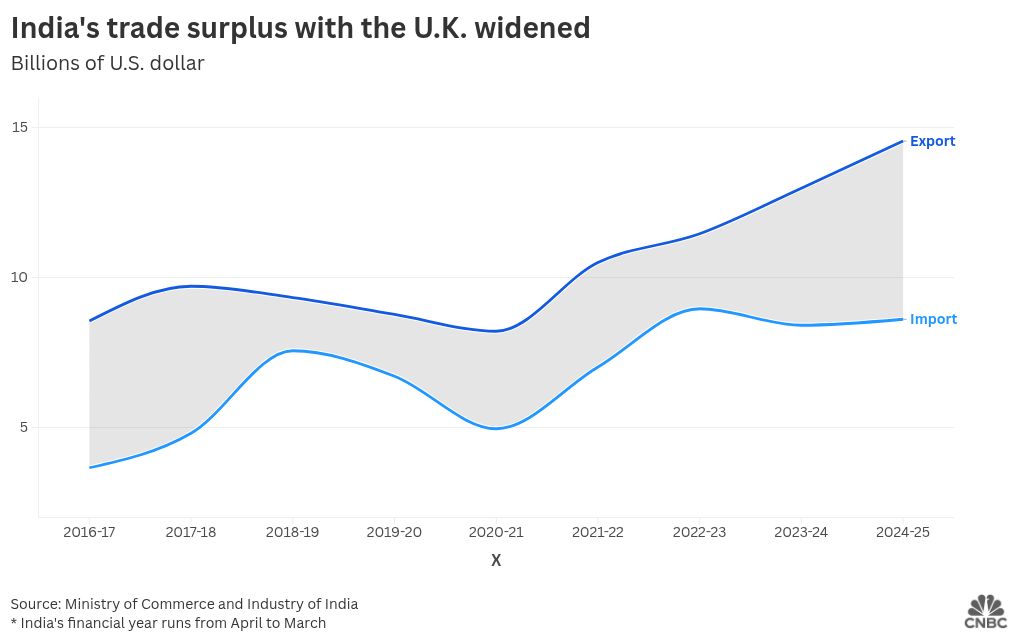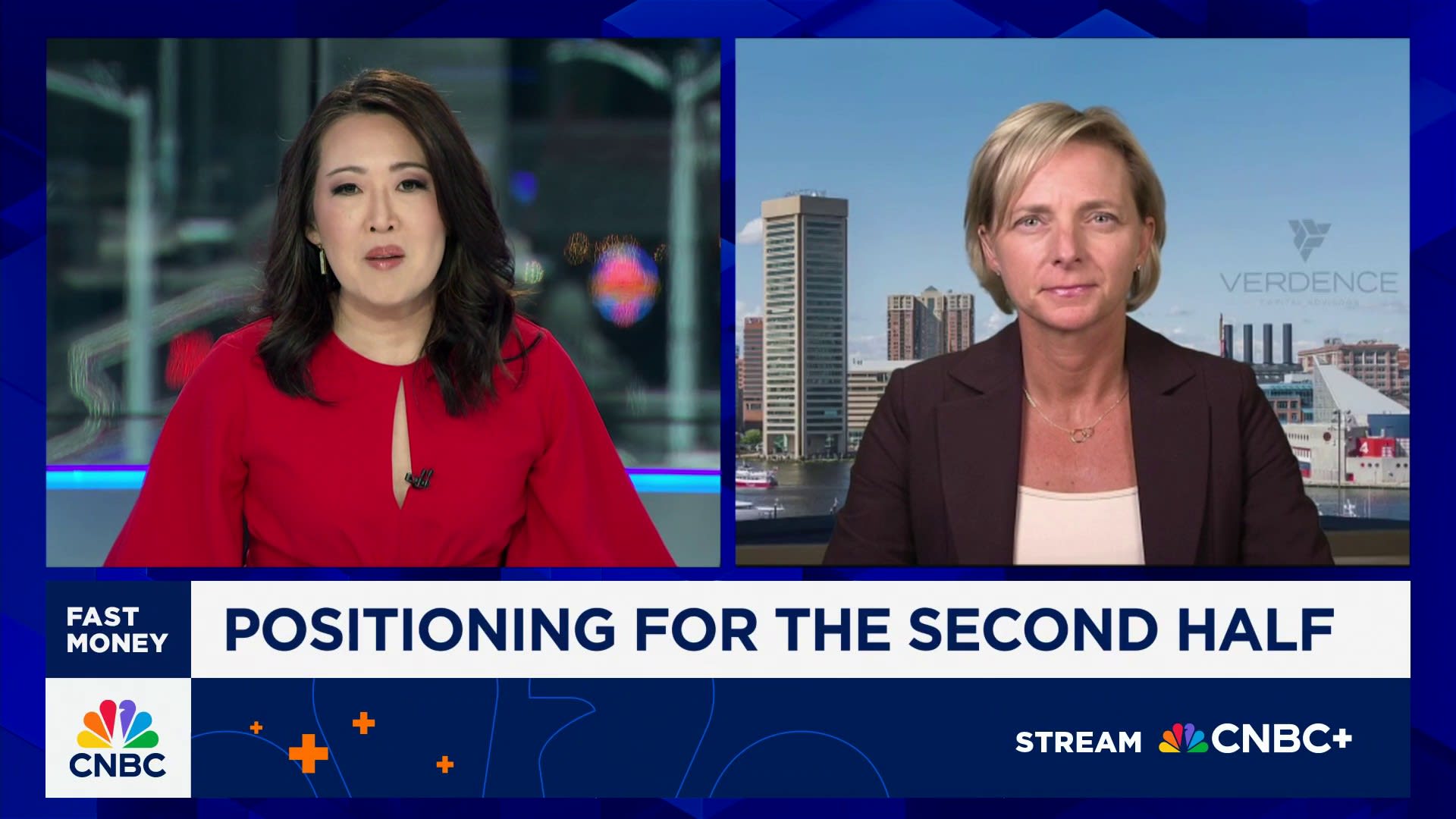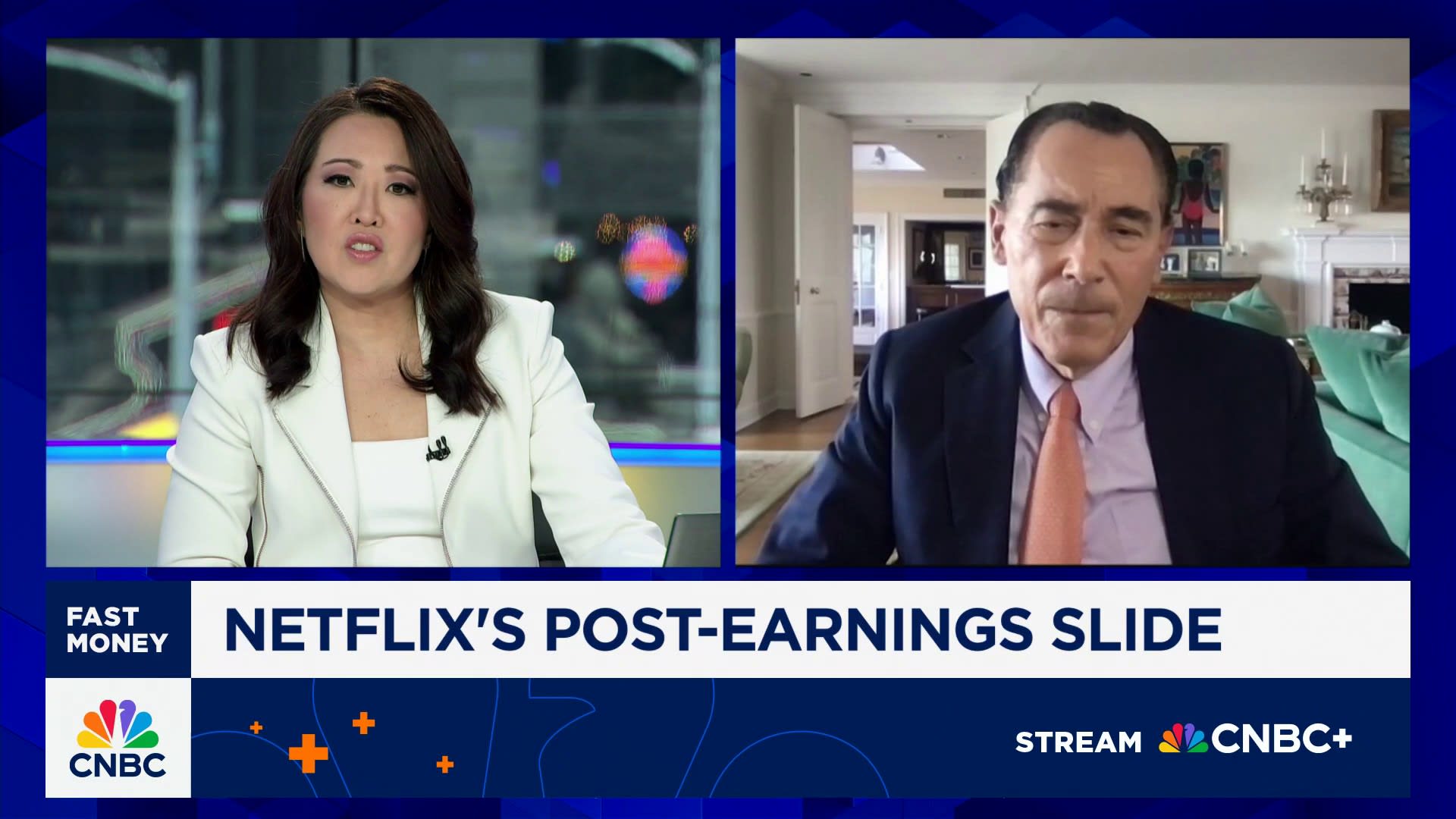People line up as they wait for the JobNewsUSA.com South Florida Job Fair to open at the Amerant Bank Arena on June 26, 2024, in Sunrise, Florida.
Joe Raedle | Getty Images
There’s a lot of debate about how much signal to take from the 818,000 downward revisions to U.S. payrolls — the largest since 2009. Is it signaling recession?
A few facts worth considering:
- By the time the 2009 revisions came out (824,000 jobs were overstated), the National Bureau of Economic Research had already declared a recession six months earlier.
- Jobless claims, a contemporaneous data source, had surged north of 650,000, and the insured unemployment rate had peaked at 5% that very month.
- GDP as reported at the time had already been negative for four straight quarters. (It would subsequently be revised higher in the two of those quarters, one of which was revised higher to show growth, rather than contraction. But the economic weakness was broadly evident in the GDP numbers and ISMs and lots of other data.)
The current revisions cover the period from April 2023 to March, so we don’t know whether current numbers are higher or lower. It may well be that the models used by the Bureau of Labor Statistics are overstating economic strength at a time of gathering weakness. While there are signs of softening in the labor market and the economy, of which this could well be further evidence, here’s how those same indicators from 2009 are behaving now:
- No recession has been declared.
- The 4-week moving average of jobless claims at 235,000 is unchanged from a year ago. The insured unemployment rate at 1.2% has been unchanged since March 2023. Both are a fraction of what they were during the 2009 recession.
- Reported GDP has been positive for eight straight quarters. It would have been positive for longer if not for a quirk in the data for two quarters in early 2022.
As a signal of deep weakness in the economy, this big revision is, for now, an outlier compared to the contemporaneous data. As a signal that job growth has been overstated by an average of 68,000 per month during the revision period, it is more or less accurate.
But that just brings average employment growth down to 174,000 from 242,000. How the BLS parcels out that weakness over the course of the 12-month period will help determine if the revisions were concentrated more toward the end of the period, meaning they have more relevance to the current situation.
If that is the case, it is possible the Fed might not have raised rates quite so high. If the weakness continued past the period of revisions, it is possible Fed policy might be easier now. That is especially true if, as some economists expect, productivity numbers are raised higher because the same level of GDP appears to have occurred with less work.
But the inflation numbers are what they are, and the Fed was responding more to those during the period in question (and now) than jobs data.
So, the revisions might modestly raise the chance of a 50 basis-point rate reduction in September for a Fed already inclined to cut in September. From a risk management standpoint, the data might add to concern that the labor market is weakening faster than previously thought. In the cutting process, the Fed will follow growth and jobs data more closely, just as it monitored inflation data more closely in the hiking process. But the Fed is likely to put more weight on the current jobless claims, business surveys, and GDP data rather than the backward looking revisions. It’s worth noting that, in the past 21 years, the revisions have only been in the same direction 43% of the time. That is, 57% of the time, a negative revisions is followed the next year by a positive one and vice versa.
The data agencies make mistakes, sometimes big ones. They come back and correct them often, even when it’s three months before an election.
In fact, economists at Goldman Sachs said later Wednesday that they think the BLS may have overstated the revisions by as much as half a million. Unauthorized immigrants who now are not in the unemployment system but were listed initially as employed amounted for some of the discrepancy, along with a general tendency for the initial revision to be overstated, according to the Wall Street firm.
The jobs data could be subject to noise from immigrant hiring and can be volatile. But there is a vast suite of macroeconomic data that, if the economy were tanking like in 2009, would be showing signs of it. At the moment, that is not the case.
